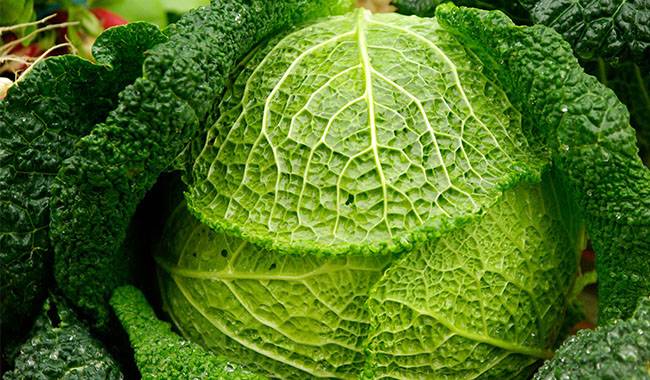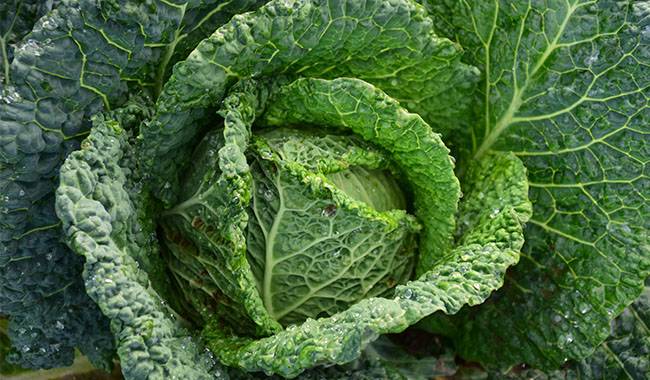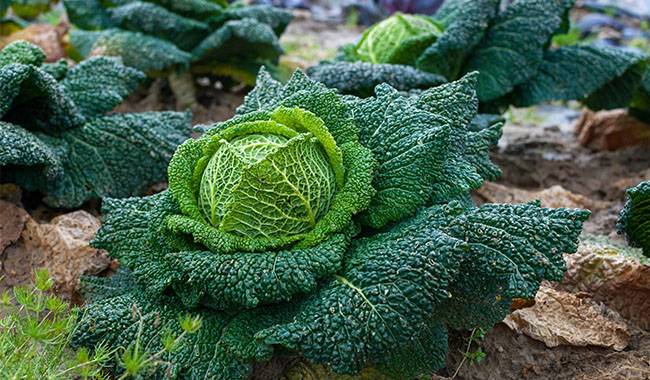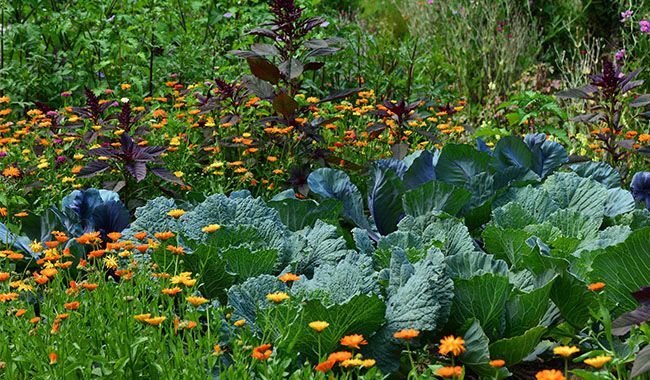
Mother’s cabbage is delicious. It does not grow capriciously. It feeds and treats. That’s why not only people and animals like it but also pests. There are many of them. From the first days of cabbage sprouting, cabbage pest and biting animals are ready to feed on cabbage juice and pulp. Is it possible to get purely ecological crops at home? After all, the beautiful heads of cabbage are sold on the market and officially are treated at least 15-20 times during the vegetation of the crop, far from being harmless to health through preparation.
METHODS OF PROTECTING CABBAGE FROM PESTS
Cabbage pest control methods can be divided into 3 groups.
1.Traditional chemical products.
- New biological.
- folk.
All types of protection can ensure success if agricultural measures are implemented correctly and in a timely manner.
- Chemical – fast but dangerous for the health of family members and animals.
- Biological – Longer duration requires systematic treatment throughout the growing season, which takes quite a long time but is absolutely safe for health.
- Folk – our grandmother’s method. This is not always successful. It covers the legend of the so-called immediate elimination of pests with herbal decoctions, but not always safe for humans (decoctions of hemlock, pyrethrum, aconite, etc.).
For successful protection, it is necessary to know the most vulnerable periods of the crop’s pests, their foraging patterns, which will help to choose the right preparation. It is better to treat the crop with a mixed tank of several pesticides because a single spray will kill several pests with similar feeding patterns for a certain period of time. During the fall and winter months, when gardening is not as demanding, a treatment schedule can be drawn up in a garden diary with the following columns
- hatching period of larvae and caterpillars divided by month (grouped by feeding pattern)
- Selection of preparations for sucking and biting pests.
- Specify the waiting period for insecticides.
- Select combinations of products for tank mixing to kill several pests with a single treatment, including those designed for only one pest.
A form, schedule, or checklist for summer operations will help shorten the preparation for protection measures.
MAJOR CABBAGE SUCKING PESTS
Aphid
The main sucking pest is Aphid, which lives on the back of the young leaves of cabbage. In spring, Aphid moves from surrounding weeds (mostly nearby cruciferous plants) to young cabbage plants. Aphids are most abundant in June, when brood females hatch live larvae, and in August, when Aphids emerge. They lay their overwintering eggs. During these periods, Aphid must be treated.
Thrips
It’s not that the pests are big. It’s that they are insatiable. That’s what they say about Thrips. Undetectable to the naked eye, the adults suck up the sap and leave large black spots of excrement on the damaged leaves. The first sign of damage is the cabbage’s leaves turning white. Later, the leaves turn brown, wilt, and fall off. thrips attack about 400 species of plants and become particularly active during the dry season. In areas that are permanently wet, they are practically harmless. Under natural conditions, Thrips can overwinter all developmental stages and begin to move and infest plants aggressively when warm, dry weather arrives. To kill the pests more effectively, both dry soil and plants must be treated. Treat infected soil every 2-3 weeks from early spring to late fall.
Eurydema
Large, brightly colored insects with red, yellow, or white spots, dashes, or stripes on a black background. They damage the leaves mainly by sucking the sap from plants. The leaves change their natural color to yellow with marbled spots and gradually wither. The formation of sprouts stops and becomes ugly and soft. Young plants die. The larvae that emerge from the eggs cause the most damage in the pest’s development cycle. They are a wingless form, so they attach to the plant and feed on it, destroying the entire plant. They hibernate in mid-August. During the summer, they can be harvested by hand, which greatly reduces their numbers and damage.
CABBAGE BITING PESTS
The most common biting pests are Delia radicum, cruciferous flea, cabbage moth, Diamondback moth, and white-headed worm. Cauliflower and long-legged mosquitoes also tend to feast on cabbage shoots.
Delia radicum
Delia radicum is a serious pest of cabbage. At the end of May, it lays eggs on the soil near the cabbage plant. 7-8 days later, the larvae hatch, and their life cycle passes through the roots and lower part of the stem where they live from the eggs laid in the soil. Damaged organs decay. External manifestations: widespread wilting of plants and lead coloration on the lower leaves of cabbage is evident.
Diamondback moths, Owlet moths, and whitefly caterpillar caterpillars can cause significant damage. By gnawing holes in cabbage leaves and contaminating them with their waste products, they are able to feed the entire yield intended for the market.
Diamondback moth
The cabbage moth is a small grayish-brown Owlet moth. Lifespan 30 days. Spawning occurs in early June in northern areas and from April in southern areas, with up to 300 eggs (small yellow dots on the underside of the leaf). 3 days later, yellowish, skeletal, rapid cabbage caterpillars emerge, feeding intensively on leaf flesh 24 hours a day. The pest forms 5-6 generations in summer (a new generation appears every 5-7 weeks).
Pieridae
This is a favorite butterfly of the little ones, who eagerly catch it in their nets. It is a large Owlet moth. Characterized by the black round spots on its wings. It lays up to 100 eggs on the leaves. The developmental cycle of the caterpillar from eggs is longer than that of the small Owlet moths. 8-15 days later, the caterpillar emerges and nibbles on the leaves up to the veins.
Owlet moths
is particularly harmful to about 70 species of plants, including vegetables, fruits, garden flowers, and others. Owlet moths (small owlets) have a nocturnal lifestyle. It is inconspicuous, beige to gray-brown in color, with light-colored broken spots on its wings. In warm areas, it can be seen in flight from the first few days of May to the end of October.
Females lay up to 2,700 eggs on the underside of the leaves, which hatch 5-8 days later as colored caterpillars (from green to brown spots). They overwinter as pupae and larvae. To overwinter, they penetrate deep into the soil up to 4inch (10cm). They produce 3 generations in the southern region and 1 generation in the northern region.
Phyllotreta Cruciferae
Phyllotreta Cruciferae affects all cruciferous plants. Small bugs with a characteristic type of movement hopping have a large appetite. If they are not stopped, they can kill seedlings by damaging the leaves of seedlings or seedlings. They overwinter in the soil and under various debris, including plant debris.
In addition to the pests mentioned above, bears and wireworms also affect cabbage plants. Slugs are annoying and can damage plants. In hot weather, they hide in cool, secluded areas, often in cabbage leaves, which become their food at night. The edges of the eaten leaves are a silent witness to the nightly feast. This huge army of pests requires immediate protective measures. The most practical measures are a combination of soil and plant treatments.
METHODS FOR CONTROLLING CABBAGE PESTS
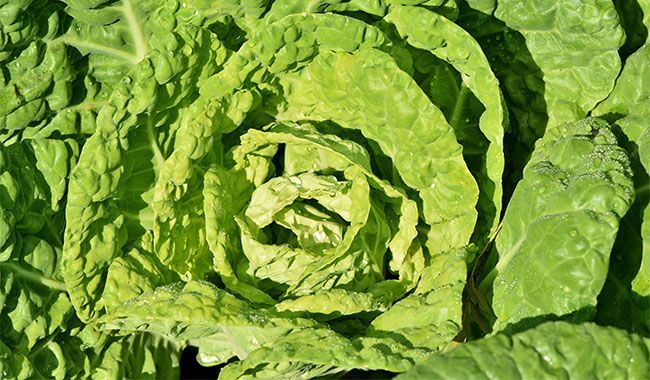
A brief description of the major crop pests clearly indicates the need for systematic plant treatments. Simply applying once or twice in the summer to poorly kept plots will not save the plants from damage, and the harvest will be of poor quality and inedible.
Familiarity with the pest cycle clearly points to the need for treatments from early spring to harvest. They can be reduced in various ways based on adherence to cultivation techniques. Healthy, well-developed plants are better able to withstand the destructive work of pests.
Agricultural techniques
Control measures cannot eliminate cabbage pests, but by using good growing techniques and proper planting techniques, you can minimize the number of pests.
- To eliminate overwintering forms of pests, it is necessary to treat the soil and the area in autumn (removal of garbage and weeds, excavation of the soil, etc.).
- Before sowing seedlings, it is necessary to eliminate beetles, wireworms, and May beetles by one of the methods used in big summer conditions.
- Do not allow grasses to bloom around the plot in spring. Owlet moths settle on wild plants early in spring and migrate to vegetable seedbeds when they germinate or plant seedlings. The grass is mowed, leaving a 2-3inch (5-8 cm) layer of sod to insulate the soil from the environment.
It is best to propagate insecticidal plants and plants that attract natural enemies of pests – Trichogramma – around the plot.
Aphid is killed by lacewing larvae, coccolithophore beetles and larvae, and serpentine larvae, which use weed plants as their main home. Thrips (larvae and adults) are gladly eaten by Orius, predatory plant mites, and Neoseiulus californicus. You can purchase them from specialty stores or companies.
Chemical protection measures
Cabbage is one of the crops for which chemical protection measures are not allowed. The tightly curled shoots make it impossible to wash away the residue, and they will find their way into the kitchen and onto the menu. Relying on decomposition time is not advisable. It is not known whether the product itself or its residue is more dangerous.
If there is no way out, then observe all personal safety precautions and follow the recommendations explicitly for the first 2-3 weeks (before the curly cobs) when systemic and contact chemicals can be used to treat the leaves and soil of the cabbage bed.
In April and May (heavy germination and 3-4 days of cabbage shoots), you can pollinate the plants and soil with bleach, naphthalene, and dried brandy powder. Or, in the same period, you can spray the plants with solutions of Actellic, Decis. Dilute 20 ml of one of these preparations into 2.5 Gal (10 liters) of water. These solutions will affect the adults, so spray the plants and soil. Do not spray more than 1-2 times in a period of 3-5 days.
Recently, preparations specifically for cabbage are more often recommended in concentrated form as strong insecticides. Soil and plants can also be treated with them. Add 2 ml of Bensultap to 0.8 Gal (3 liters) of water and spray the plants and soil. The fleas will disappear. Later, you must switch to other means of protection (biological, folk remedies, physical extermination).
BIOLOGICAL PEST CONTROL AGENTS FOR CABBAGE
Biological agents, unlike chemical agents, are based on live fungi, bacteria, and nematodes. They are characterized by the fact that they do not harm humans and animals. They are well combined in tank mixtures. Many have contact and systemic neurotoxic effects on pests. After treatment, gnawing pests stop feeding after 4-6 hours, and sucking pests die after 8-12 hours.
When using biocides, it is important to consider that their effectiveness is maximized when working at 64°F (18°C) or higher. Therefore, you can treat cabbage plants with chemicals 1-2 times in early spring when the temperature varies between 50-53°F (10-12°C). Remember that when preparing a tank mix, each preparation should be dissolved separately as recommended. The solution should be poured into the same container, stirred well, and sprayed on the plants.
It is recommended to check the compatibility of each preparation with other preparations, especially at the first application. Biological agents are easily washed away by sprinklers and rainfall, which requires frequent handling. But health is more valuable. Only through biological treatment can you produce a complete, ecologically sound product.
If you have started to protect your cabbage from pests with biological preparations, you must not use chemical preparations. They can cause the death of the living base of the biological preparation (fungi, bacteria). Biological preparations contain living microorganisms, and the soil is their natural habitat. By accumulating in the soil when treating plants, some of their species reproduce themselves. The soil is rich in beneficial microflora, which also protects the plants from pests.
FOLK PEST CONTROL FOR CABBAGE
Various websites offer a wide range of decoctions and infusions of herbal insecticides. But their use should be commensurate with their toxicity. For example, you can poison a plant treated with a decoction of hemlock or a deadly plant treated with a decoction of aconite. Be careful and cautious. Use only plants you are familiar with for killing insects, and always allow 2 weeks before consuming treated fruits and other products.
- Instead of using decoctions, you can plant plants with pungent odors in different types of cabbage beds: mint, cilantro, sage, dill, fennel, parsley, marigold, etc. Pests will leave the beds.
- To avoid using chemicals, spray young cabbage plants with tobacco or finely sifted ashes mixed with dry mustard before the cabbage heads curl.
- For Aphid, you can spray the young plants with a soap solution and rinse them off with water a day later.
- Caterpillars do not tolerate baking soda. You can sprinkle baking soda on the extended cabbage leaves.
- Snails and slugs are best collected in accumulation areas, which should be prepared for them in advance. Wet the soil between the rows, cover them overnight with an old rag, cardboard, or newspaper, moisten with kvass, beer, yeast liquid, or other sweet and sour drinks or just water, and collect the “drunk” brothers in the morning. Mustard powder, bitter pepper, tobacco, crushed shells will be an insurmountable obstacle for cabbage pests if scattered among the rows.
In this article, you will find some examples and methods of dealing with cabbage pests. There are many more, just like pests. Dear readers! We invite you to share your experience in protecting your crops from pests.
More related information about planting & growing cabbage plants




